On July 11, 2025, during the 47th session of UNESCO's World Heritage Committee in Paris, France, China's
Western Xia Imperial Tombs were officially added to the World Heritage List. This milestone brings the total number of World Heritage Sites in China to 60.
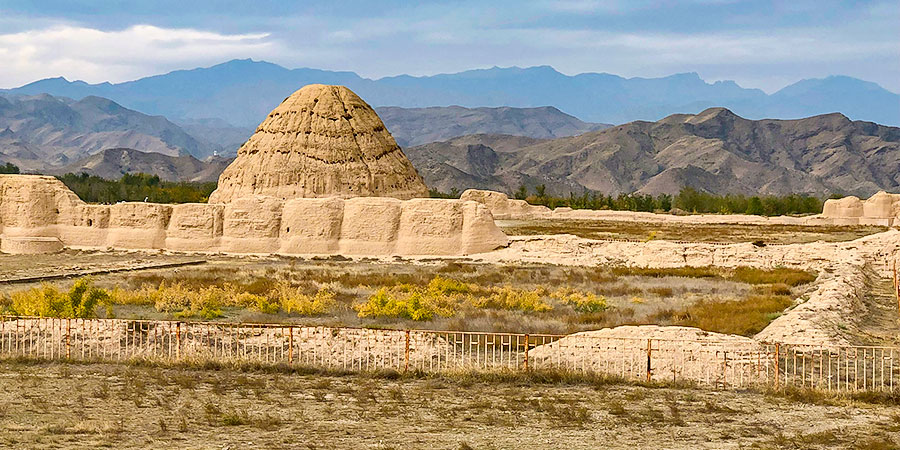 |
| Western Xia Imperial Tombs |
The Western Xia Imperial Tombs are the remains of the imperial mausoleums from the Western Xia Dynasty (1038 - 1227), situated in Yinchuan, Ningxia Hui Autonomous Region in Northwest China. Spanning nearly 40 square kilometers (15.5 square miles), the site encompasses 9 imperial mausoleums, 271 accessory tombs, 5.03 hectares (12.43 acres) of ruins at the northern end, 32 flood control relics, and a wealth of unearthed artifacts. As the largest, highest-ranking, and best-preserved archaeological site of the Western Xia, it stands as a remarkable testament to the dynasty's legacy.
Why are the Western Xia Imperial Tombs listed as a World Heritage Site?
UNESCO’s World Heritage List is governed by six criteria, and the Western Xia Imperial Tombs meet two: Criteria 2 and 3.
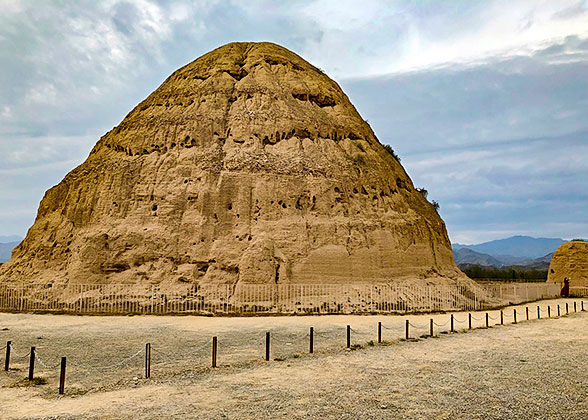 |
| A Tomb in the Western Xia Imperial Tombs |
|
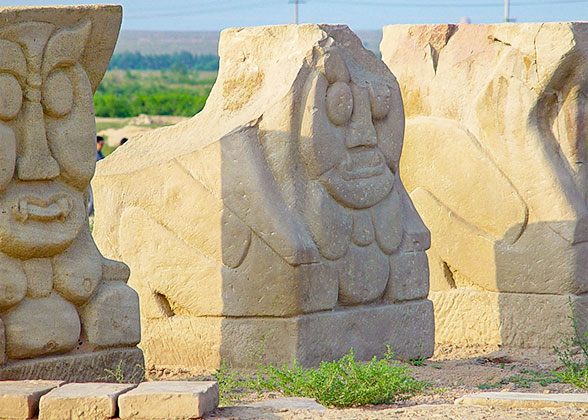 |
| Statues of Hercules in Western Xia Imperial Tombs |
|
Criteria 2: The World Heritage Committee recognizes the Western Xia Imperial Tombs as a significant symbol of multicultural fusion. Its spatial layout, design philosophy, and architectural forms draw from the tomb systems of the Dynasties of
Tang (618 - 907) and
Song (960 - 1279) while integrating Buddhist beliefs and Tangut customs, forging unique religious and funerary traditions. It also bears witness to the Western Xia Dynasty’s pivotal role in cultural and commercial exchanges along the Silk Road from the 11th to 13th centuries.
Criteria 3: The World Heritage Committee of UNESCO affirms the integrity and authenticity of the Western Xia Imperial Tombs, believing that they fully demonstrate all the planning and architectural features at the time of their construction. The huge imperial mausoleums, consisting of tombs, flood control projects, architectural ruins, and the numerous unearthed relics, including the fragmented steles inscribed with the Western Xia script, all meet the requirements of authenticity. These elements provide irreplaceable direct evidence of the Western Xia Dynasty, a nearly 200-year-old regime founded and flourished by the Tangut people in China from the 11th to 13th centuries.
Other Notable World Heritage Sites in China
So far, China has a total of 60 World Heritage Sites, including 41 cultural heritage sites, 15 natural heritage sites, and 4 mixed natural and cultural heritage sites. Prominent examples include:
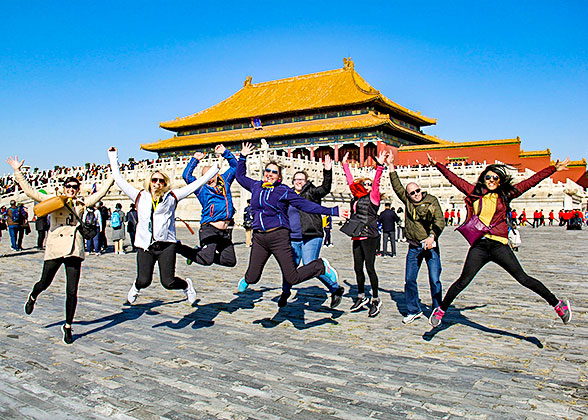 |
| Forbidden City, Beijing |
|
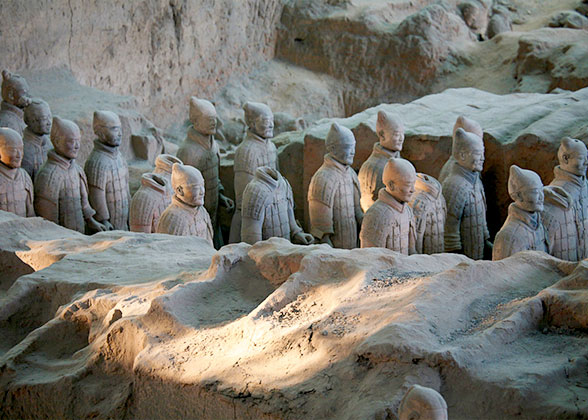 |
| Terracotta Army, Xi'an |
|
Best China Tours:
 8 Days Small Group Tour of Beijing - Xi'an – Shanghai
8 Days Small Group Tour of Beijing - Xi'an – Shanghai
 11 Days Small Group Tour of Beijing - Xi'an - Guilin - Yangshuo - Guilin - Shanghai
11 Days Small Group Tour of Beijing - Xi'an - Guilin - Yangshuo - Guilin - Shanghai
 14 Days Private Tour of Beijing - Xi'an - Chengdu - Guilin - Yangshuo - Zhangjiajie - Shanghai
14 Days Private Tour of Beijing - Xi'an - Chengdu - Guilin - Yangshuo - Zhangjiajie - Shanghai
 21 Days Private Tour of Hidden Charms of China
21 Days Private Tour of Hidden Charms of China
 8 Days Small Group Tour of Beijing - Xi'an – Shanghai
8 Days Small Group Tour of Beijing - Xi'an – Shanghai 11 Days Small Group Tour of Beijing - Xi'an - Guilin - Yangshuo - Guilin - Shanghai
11 Days Small Group Tour of Beijing - Xi'an - Guilin - Yangshuo - Guilin - Shanghai 14 Days Private Tour of Beijing - Xi'an - Chengdu - Guilin - Yangshuo - Zhangjiajie - Shanghai
14 Days Private Tour of Beijing - Xi'an - Chengdu - Guilin - Yangshuo - Zhangjiajie - Shanghai 21 Days Private Tour of Hidden Charms of China
21 Days Private Tour of Hidden Charms of China



